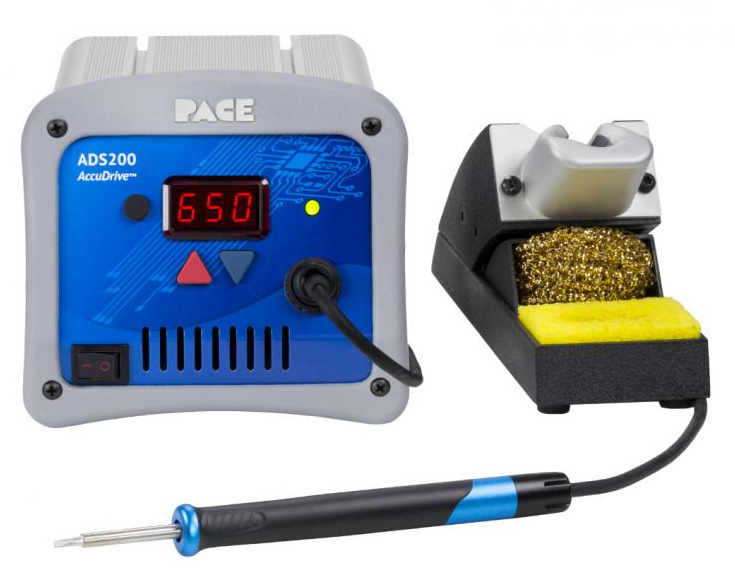mjbots repository reorganization
In the spirit of “most of your users are yet to come”, I’ve gone through a moderate re-organization of some of the mjbots github repositories to make them more usable and sensible.
The biggest change is that mjbots/moteus has had a history rewrite and a directory structure re-organization. The current development (and default branch) is now “main”. The biggest changes:
- Proprietary pdfs have been removed
- All hardware which isn’t related to the moteus PCB has been removed
- The firmware source has moved from “
moteus/” to “fw/” - The client side utilities
moteus_toolandtviewhave moved to the “utils/” directory - There is now a “
lib/” directory which houses client side libraries
Second, mjbots/power_dist is a new public repository that houses the power_dist board firmware and software.

